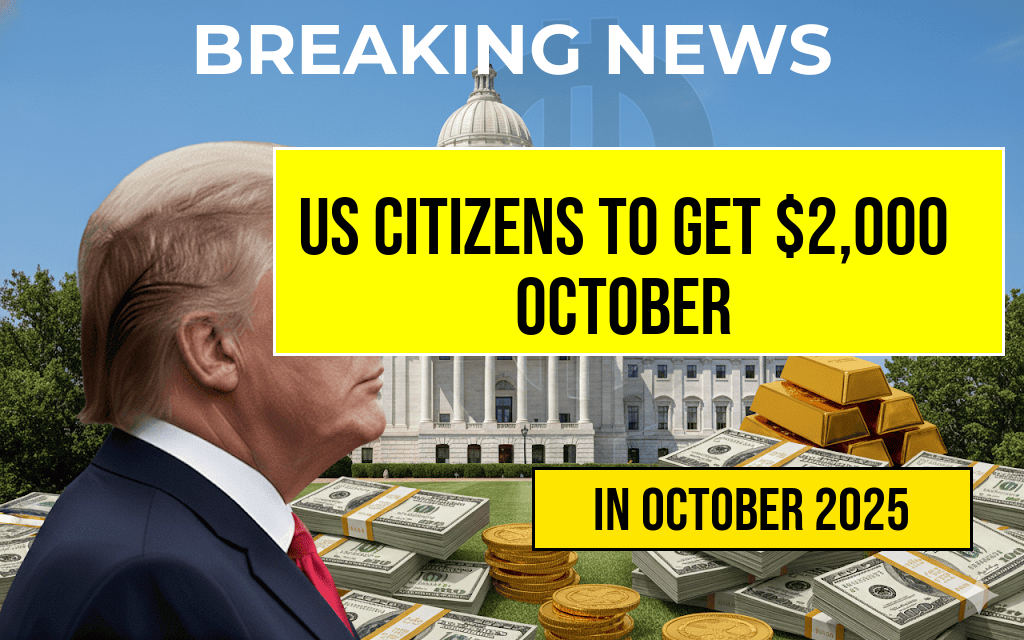Former President Donald Trump has recently voiced support for permitting high-risk cryptocurrency investments within retirement 401(k) plans. His proposal aims to broaden investment options for Americans saving for retirement, emphasizing that including assets like Bitcoin and other digital currencies could potentially boost long-term returns. Critics, however, warn that such a move could expose investors to substantial volatility and financial loss, given the unpredictable nature of cryptocurrency markets. The discussion comes amid a broader debate over the role of alternative assets in retirement portfolios and the regulatory landscape governing these investments. While some financial professionals argue that digital currencies might diversify portfolios, opponents caution against introducing high-risk assets into what are traditionally conservative investment vehicles.
Trump’s Position Sparks Debate Over Crypto in Retirement Accounts
During a recent rally, Trump reiterated his stance that Americans should have the freedom to invest in cryptocurrencies through their 401(k) plans. He emphasized that digital currencies have become a significant part of the financial ecosystem and that excluding them from retirement accounts limits investor choice. “People should be able to decide for themselves whether they want to include Bitcoin or other cryptocurrencies in their retirement savings,” Trump stated. “It’s about giving Americans the freedom to diversify and pursue greater returns.”
The proposal, if enacted, would require adjustments to current federal regulations overseen by agencies such as the Securities and Exchange Commission (SEC) and the Department of Labor, which currently restrict the inclusion of high-risk assets in retirement plans. Advocates argue that allowing cryptocurrency investments could open new avenues for growth, especially as traditional markets face volatility and uncertain economic conditions.
Potential Benefits and Risks
| Advantages | Disadvantages |
|---|---|
| Potential for high returns due to digital currency appreciation | Extreme volatility that can lead to significant losses |
| Diversification of traditional asset classes | Lack of regulatory clarity and oversight |
| Alignment with emerging financial trends | Limited historical data on long-term performance |
Supporters highlight that cryptocurrencies like Bitcoin have demonstrated substantial growth over the past decade, potentially offering a hedge against inflation and economic instability. However, critics worry that the inclusion of such high-risk assets could jeopardize the retirement savings of average Americans, especially those nearing retirement age.
Regulatory and Industry Response
The idea of integrating cryptocurrencies into 401(k) plans has triggered mixed reactions from industry insiders. Several financial advisory firms have expressed cautious optimism, emphasizing the importance of investor education and risk disclosure. Conversely, regulatory authorities remain cautious, citing concerns over market manipulation, fraud, and the lack of comprehensive oversight in the crypto space.
Currently, the Department of Labor emphasizes that plan fiduciaries must act prudently and solely in the best interest of participants, which could pose hurdles for approving high-risk assets like cryptocurrencies. The debate is ongoing, with some experts suggesting that a regulated, diversified approach might be more appropriate than full inclusion of digital currencies.
Historical Context and Future Outlook
Historically, retirement plans have favored stable, traditional investments such as stocks, bonds, and mutual funds. The notion of adding alternative assets like cryptocurrencies marks a significant shift in investment philosophy. The Securities and Exchange Commission has historically maintained a cautious stance, emphasizing investor protection and market integrity.
As the regulatory environment evolves, policymakers and industry stakeholders will need to balance innovation with oversight. The potential integration of cryptocurrencies into retirement accounts could reshape how Americans approach long-term saving, but it also underscores the importance of understanding the complexities and risks associated with digital assets.
For more background on cryptocurrency regulation, visit Wikipedia’s overview of cryptocurrency regulation. To explore current trends in retirement planning, check Forbes’ insights on innovative investment strategies.
Frequently Asked Questions
What is the main proposal regarding crypto investments in retirement 401(k) plans?
Former President Trump advocates for allowing high-risk crypto investments to be included in retirement 401(k) plans, aiming to diversify investment options for Americans saving for retirement.
How could allowing crypto investments impact retirement savings?
Permitting crypto investments in 401(k) plans could potentially increase returns due to the high volatility and growth potential of digital assets, but it also introduces greater risk to retirement savings.
What are the potential risks associated with including high-risk crypto assets in 401(k) plans?
Including high-risk crypto assets could lead to significant losses due to market volatility and lack of regulation, potentially jeopardizing individuals’ retirement security.
What are the regulatory considerations related to crypto investments in retirement plans?
Currently, regulatory agencies are cautious about cryptocurrency in retirement accounts. Any changes would require regulatory approval to ensure investor protection and compliance.
How might this proposal influence the future of crypto in retirement planning?
This proposal could pave the way for broader acceptance of digital assets in retirement strategies, encouraging innovative investment options but also raising concerns about risk management in such plans.





